

William Stopford
Every SUV, ute and van discontinued in Australia in 2025
9 Hours Ago
Volkswagen gets its first EVs in Australia by late 2023, in the form of the ID.4 and ID.5. Will they give the Tesla Model Y a scare?
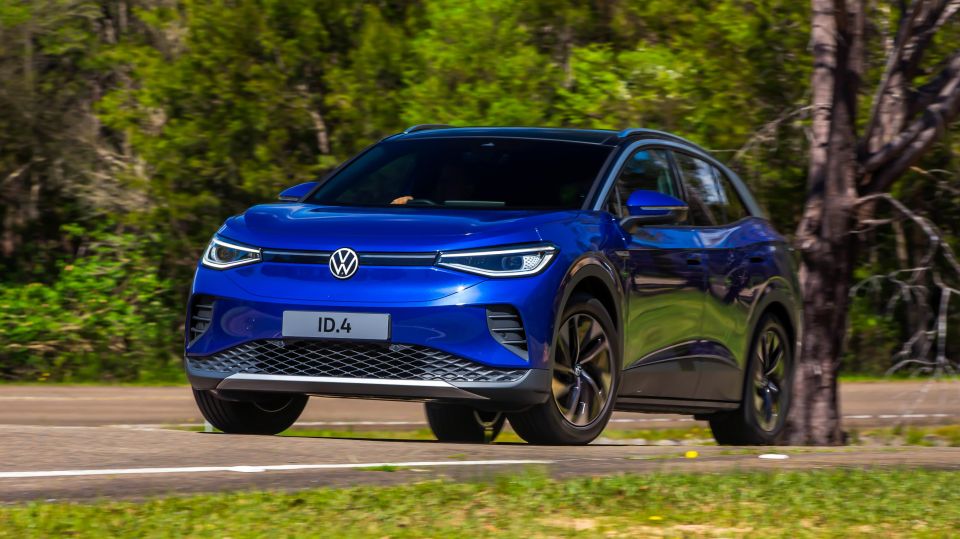


Senior Contributor

Senior Contributor


Senior Contributor

Senior Contributor
Where expert car reviews meet expert car buying – CarExpert gives you trusted advice, personalised service and real savings on your next new car.
Volkswagen Australia says it wants to be a leader in the burgeoning electric vehicle (EV) market, but its rollout has started slowly.
The company’s first EV here won’t arrive in dealers until the end of 2023, in the form of the ID.4 mid-sized SUV driven here in UK-market specification.
The sleeker Volkswagen ID.5 crossover spinoff should arrive at about the same time, giving the company a two-prong range overnight.
Yet it will be more than three years past the ID.4’s global premiere – which took place in September 2020 – once it’s here and battling the Tesla Model Y, Kia EV6, Volvo XC40 Recharge and what by then should be even more competitors.

Knowing that a number of its buyers are already considering an EV for their next purchase or lease, Volkswagen’s local division hopped on the front foot and imported a couple of UK-market ID.4s for promotional activity and staff training.
They’re not necessarily representative of what we will get in Australia, but close to it.
There’s the longer-range and more powerful ID.4 Pro Performance with a longer feature list adding appeal for private buyers; and the shorter-range, less powerful ID.4 Pure Performance with what VW considers a likely fleet and government agency focus.
Our quick drive took place at a test facility in Sydney’s outer suburbs, since this pair aren’t road-registered. This, plus the fact we do not know full local pricing and spec at this stage, means the following will not be a full review.

We don’t know for sure, but between $60,000 and $70,000 is about what we’re expecting. This is before on-road costs, but also before various state tax breaks and rebates too.
“The ID.4 will not set out to charge customers a premium for being a style statement or shortchange practicalities in any way for being electric,” promises Volkswagen Australia brand director Michal Szaniecki.
“The ID.4 will bring electric performance to a broad customer base with target pricing similar to our most in-demand SUV, the Tiguan 162TSI R-Line. Arriving at the same time will be the coupe-style ID.5 with pricing similar to a Tiguan R.”
The Tiguan 162TSI R-Line kicks off at $57,690 before on-road costs, and a Tiguan R costs $68,990 pre on-roads. For more context a Tesla Model Y’s sticker price before on-road costs is $72,300 and a Kia EV6 Air costs $72,590.
Volkswagen says it is seeing high levels of enquiry already, and expects people on lease plans due to end next year to start putting their names down. It will open a register-your-interest waitlist for customers before Christmas this year.

Buy your new car without the stress. It's fast, simple and completely free.

Great service from Travis and team, second time I have used this business would not hesitate to recommend them to anyone
Craig C.
Purchased a Ford Ranger in Sunshine Coast, QLD
CarExpert helped Craig save thousands on his Ford Ranger, now let us save you on your next new car.
Find a dealIt’s a fairly sleek and minimalist affair, which Tesla has demonstrated is what customers seem to want, with some flashy ambient lighting that particularly pops in bright blue.
The seats have weight sensors meaning you don’t need to go through any process to start the ID.4: you just hop in and it’s ready. They’re nicely bolstered and each front seat has pull-down arm rests, since the centre console sits very low.
From the driver’s seat you’re presented with a familiar VW wheel with slightly fiddly black haptic touchpads rather than buttons, behind which sits a small speed readout on the column reminiscent of a BYD Atto 3.
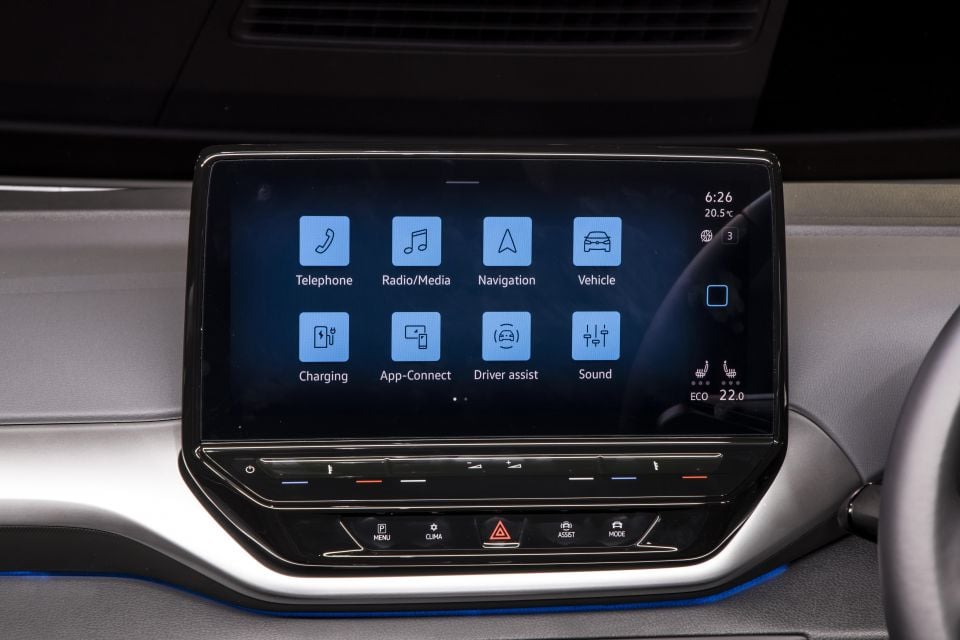
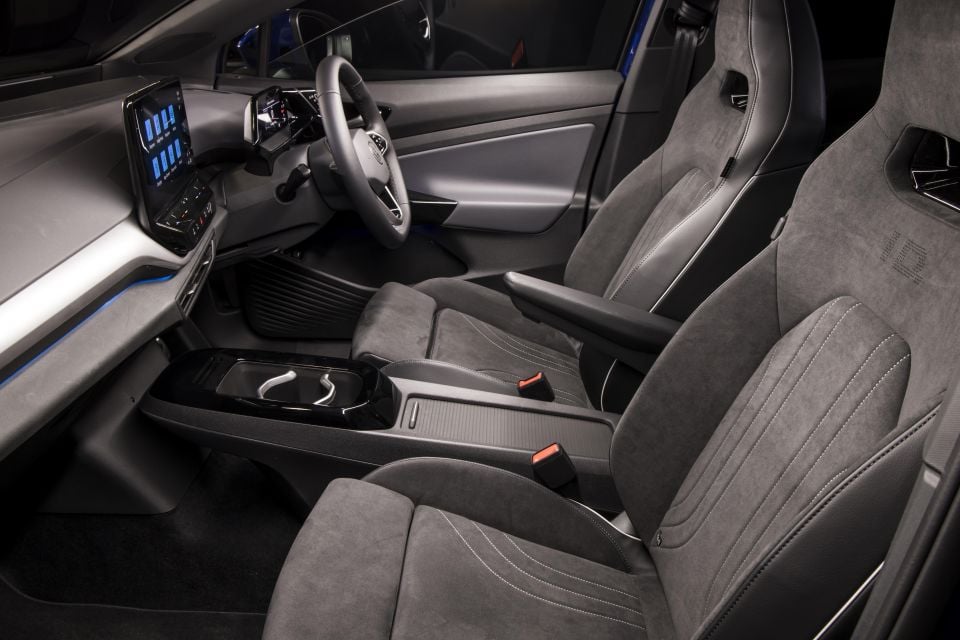
In lieu of a gear shifter there’s a little thing you half-twist attached to this cluster surround, while on the high-spec ID.4 Pro variant there’s an augmented reality (AR) head-up display with speed, range and Apple Maps directions.
The centre touchscreen runs a fairly simple blue-and-black themed software skin shared with the Mk8 Golf, with maps and wireless phone mirroring offered, and offered what felt like snappy processing – but being an overseas model not all features were operational.
That flat floor enables a few deep storage sections between the front seats, capable of housing not just your phone and drinks, but a bag or two and other associated paraphernalia.
Disappointments on first impression include the still-tricky touch controls for the air-conditioning mounted in the piano black below the centre screen, and some fairly cheap-feeling and hard interior trims on the dash – not something we used to expect from VW.
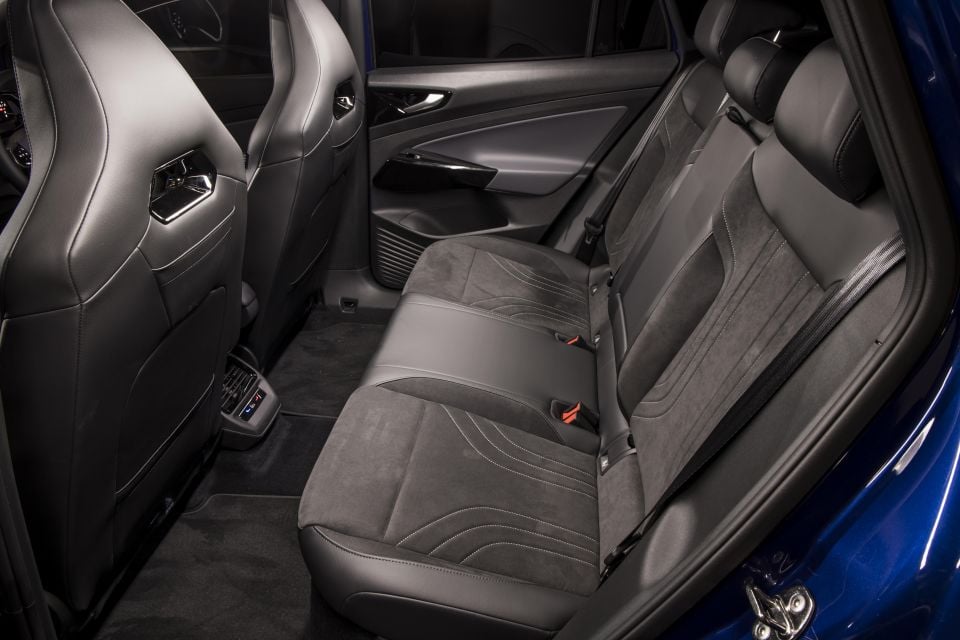
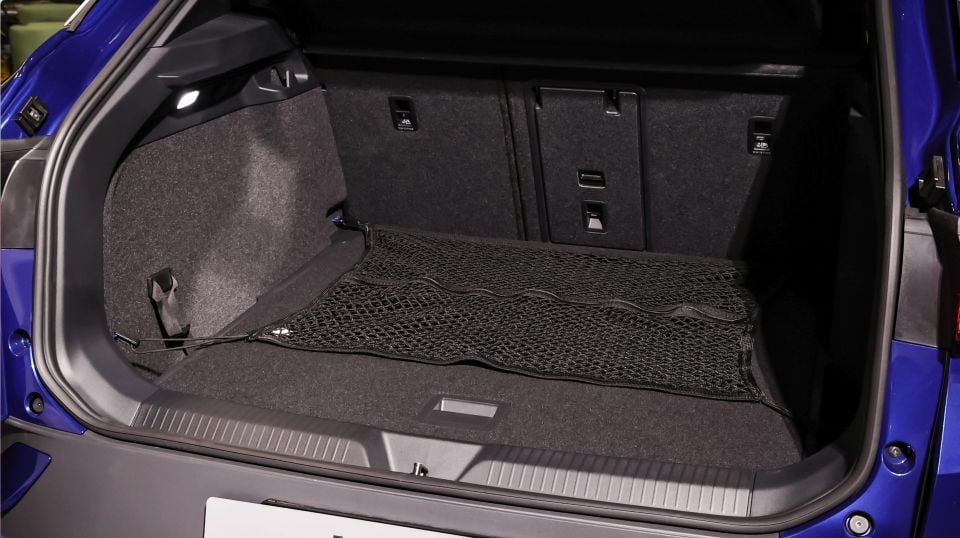
At 4584mm long on a 2771mm wheelbase, the five-seat ID.4 is 75mm longer than a Tiguan overall and 90mm longer between the wheels.
The back seats are pretty capacious, certainly for kids but also taller adults: I’m 194cm and had space, though the Pro Performance’s sunroof did impact headroom a bit. There are LED reading lights, USB-C ports, and air vents for a rear occupants.
The boot is a family-friendly 543 litres, expanding to 1575L with the rear backrest folded. With the back seats in use the boot floor is 965mm long.
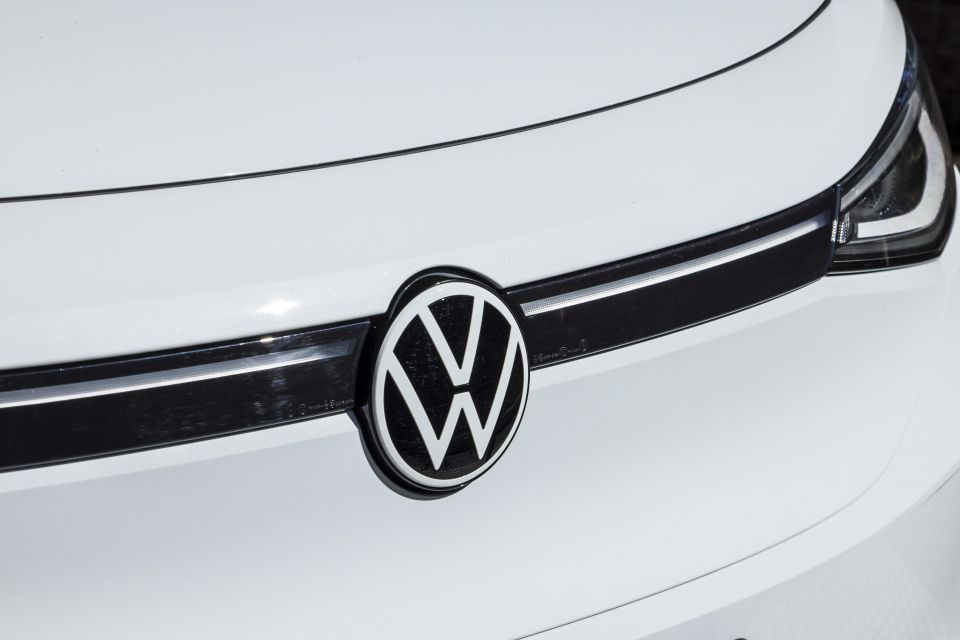
No front-boot, or ‘frunk’.
The ID.4 and 5 are based on the company’s ‘MEB’ dedicated battery electric platform with rear-wheel drive and a rear motor – meaning it’s related to other vehicles not sold here such as the Skoda Enyaq and Audi Q4 e-tron, as well as the Cupra Born which will be here from early 2023.
The ID.4 Pure Performance base model uses a liquid-cooled lithium-ion battery with 55kWh capacity (52kWh being useable) offering a WLTP-rated driving range of up to 345km, equating to efficiency of about 16.7kWh per 100km.
The ID.4 Pro Performance upgrades this to a 82kWh (77kWh useable) li-ion battery offering a claimed 522km of real-world range and efficiency of 17.2kWh per 100km.
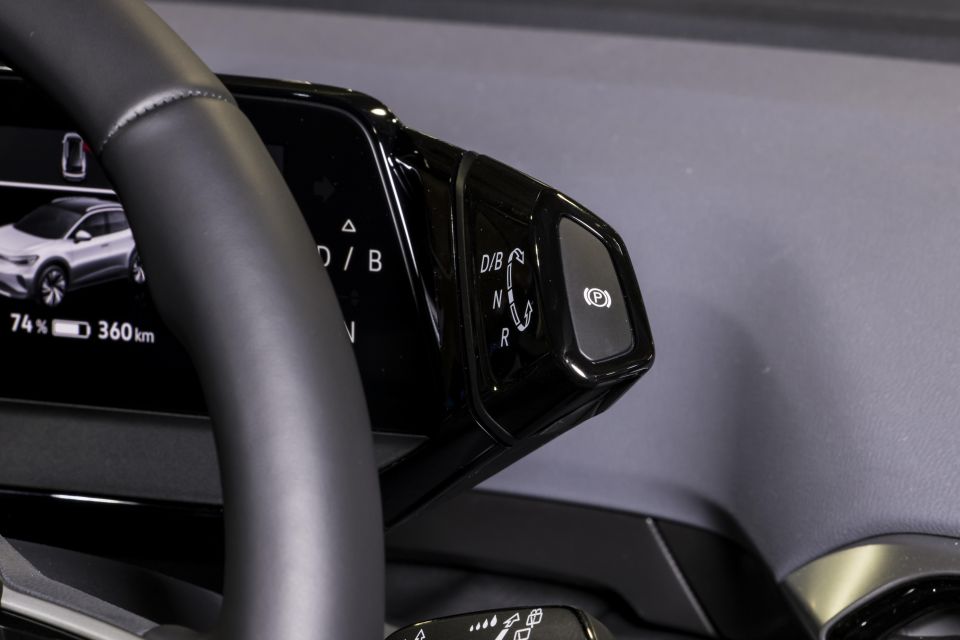
The ID.4 Pure’s rear motor makes 125kW of power and 310Nm of torque, whereas the ID.4 Pro’s makes 150kW and 310Nm. The respective zero to 100km/h times are 8.5 seconds and 9.0 seconds – not blazingly quick, but these are sensible family cars…
If you want something with a little more zest, there’s a better-than-even chance Volkswagen will start selling the twin-motor ID.4 and ID.5 GTX from 2024, with outputs of 220kW and 460Nm.
In terms of charging, the ID.4 Pure only handles 7.2kW AC and 110kW DC, whereas the ID.4 Pro tops out at 11kW and 125kW. Just last week I saw a charge speed of 202kW in a Kia EV6, so this figure is already off the class leaders.
What will be more important is the type of home-charging solutions VW can help with – it’s all about convenience. Expect the ID.4 to come with an emergency three-prong cable (charging time 24-hours +) for occasional use when there’s no wallbox or DC unit around.
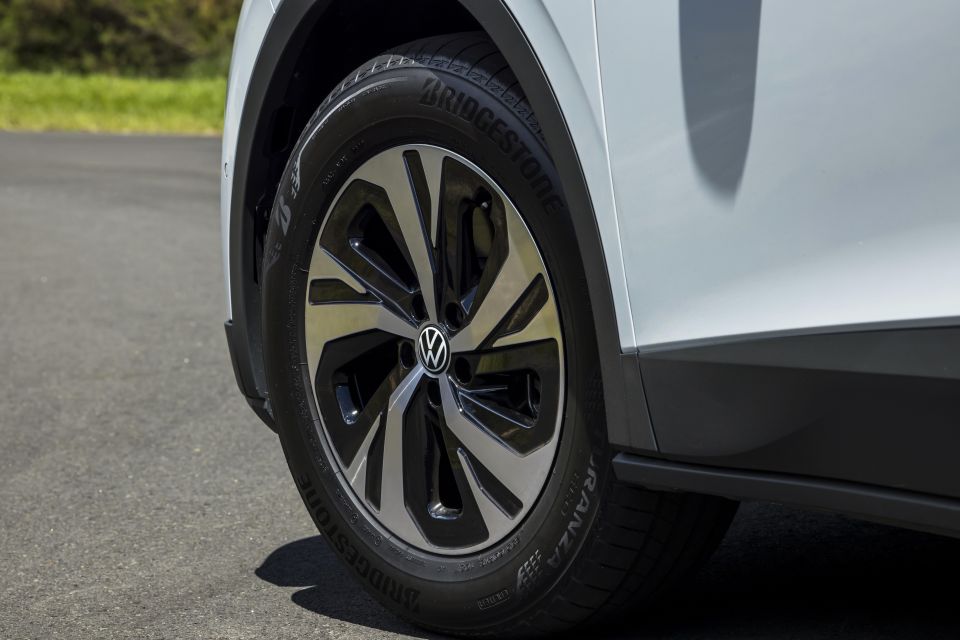
| ID.4 Pure Performance | ID.4 Pro Performance | |
|---|---|---|
| Approx price | Around $60k | Around $70k |
| Length | 4584mm | 4584mm |
| Boot | 543L | 543L |
| Battery | 55kWh (52kWh) | 82kWh (77kWh) |
| Motor and driven wheels | Rear | Rear |
| Power | 125kW | 150kW |
| Torque | 310Nm | 310Nm |
| WLTP range | 345km | 522km |
| Efficiency | ~ 16.7kWh per 100km | ~ 17.2kWh per 100km |
| AC charge speed | 7.2kW (8 hours full charge) | 11kW (8 hours full charge) |
| DC charge speed | 110kW (32 min full charge) | 125kW (42min full charge) |
| 0-100km/h | 9.0sec | 8.5sec |
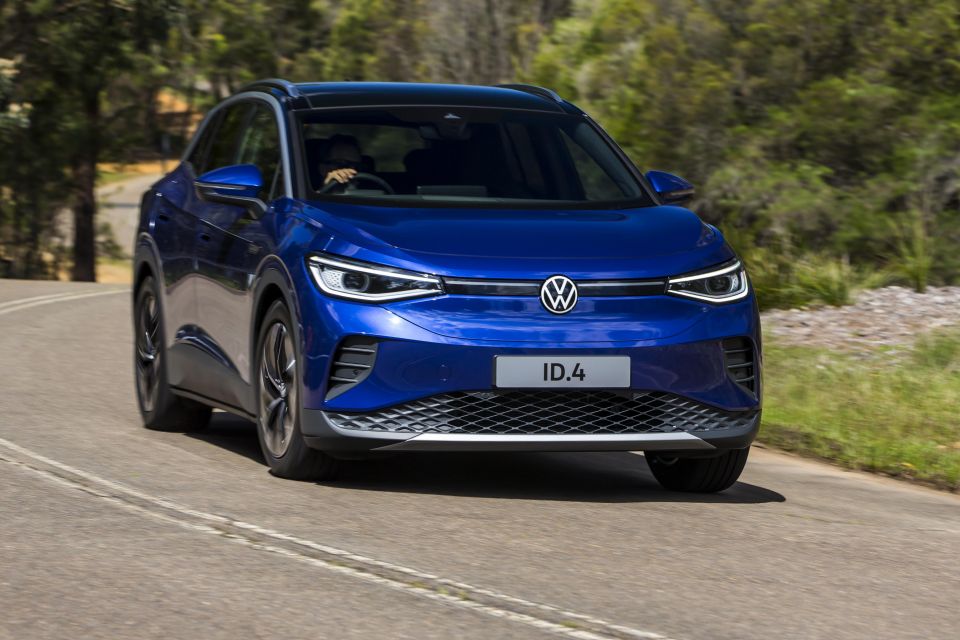
I won’t pretend a few laps at a bike track will give us definitive insights, so this part will be brief.
Performance is progressive rather than rapid, but that seems entirely fitting, with the typical instantaneous EV torque off the line, and total smoothness.
It’s also rear-wheel drive so there’s no chance of wheelspin at the front on wet take-offs.
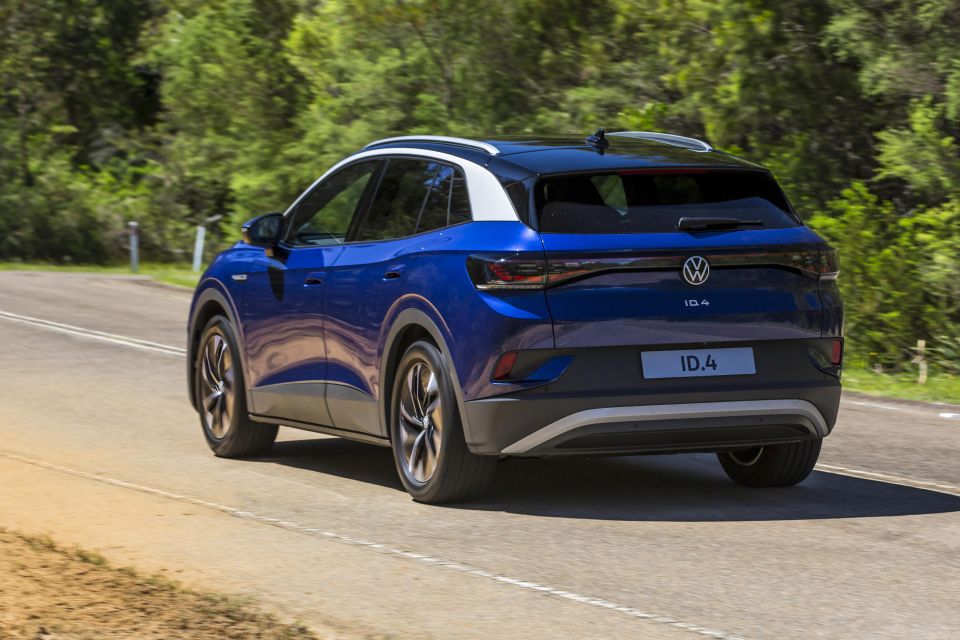
The distribution of battery weight feels quite low in the vehicle, so while it’s neither light nor particularly agile, it offers what felt like good cornering stability.
The ID.4 Pure is some 158kg lighter on account of its smaller battery, which can’t hurt handling.
Suspension is independent all around, with the flagship version offering adjustable dampers in the drive modes and progressive steering that changes its response based on your speed.
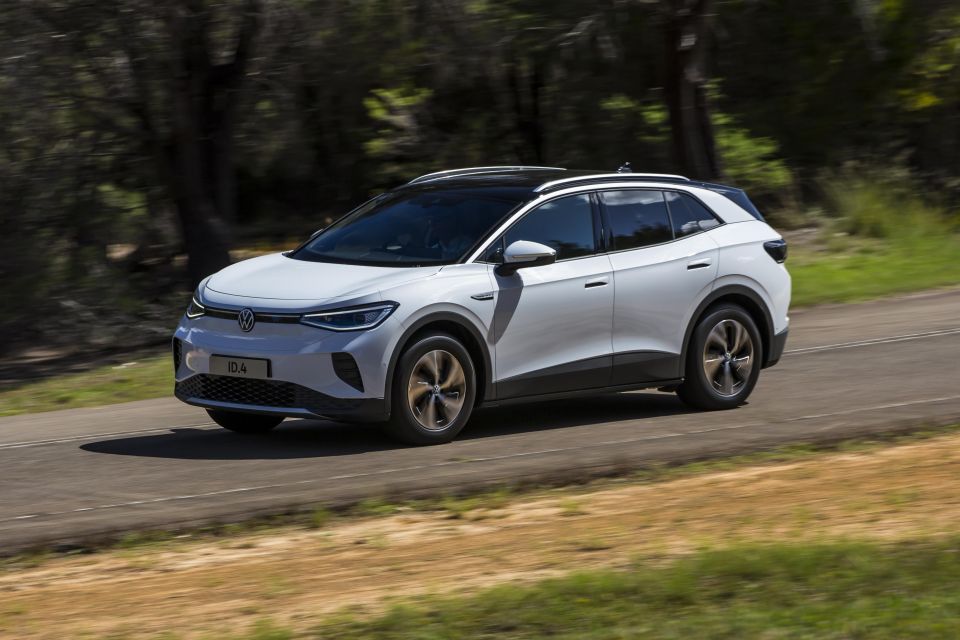
There’s brake energy recuperation activated by twisting the gear shifter to B mode, though it isn’t what you’d call highly aggressive.
This feature is why VW has been able to step back to old-school rear drum brakes, though they seemed to work well enough.
A real plus side is the tight 10.2m turning circle, enabled by the RWD mechanicals in large part. A SWB Tiguan’s by contrast is 11.9m. This is great for car parks, we’re sure.
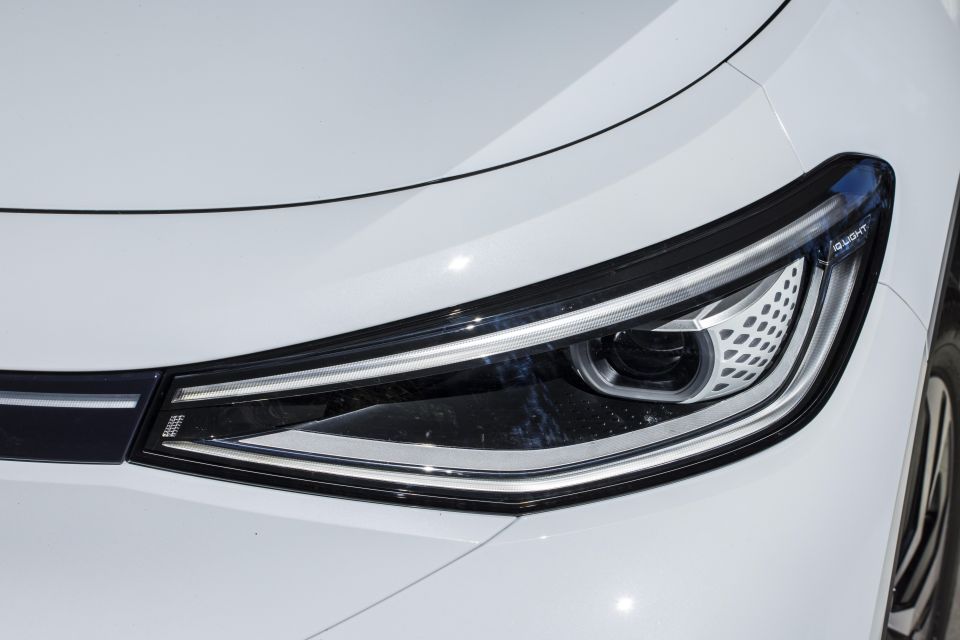
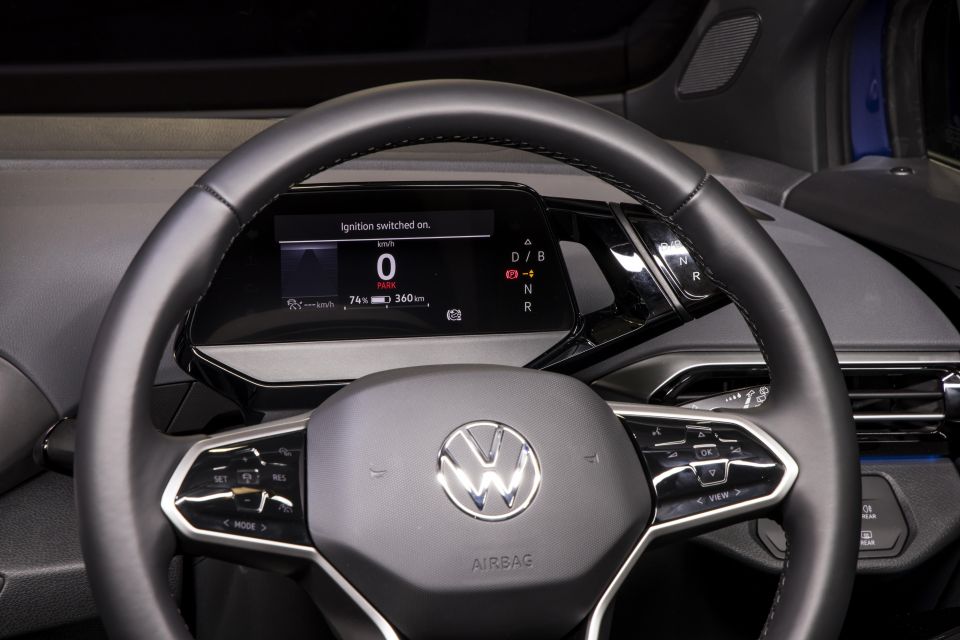
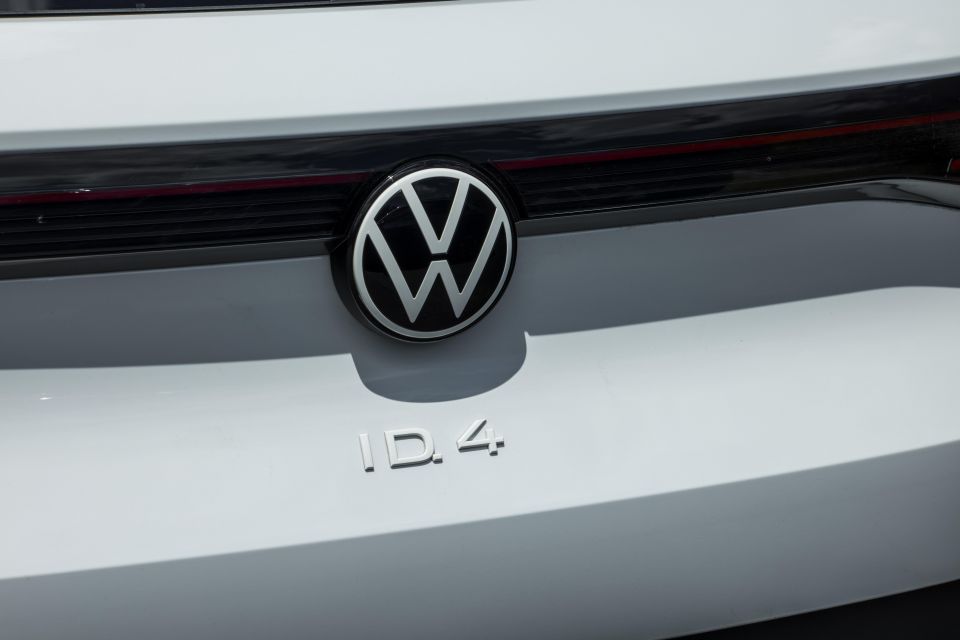

We don’t have full local specs, however the UK feature list for the two variants here are going to be broadly representative of what we have been told to expect here.
ID.4 Pure Performance highlights:
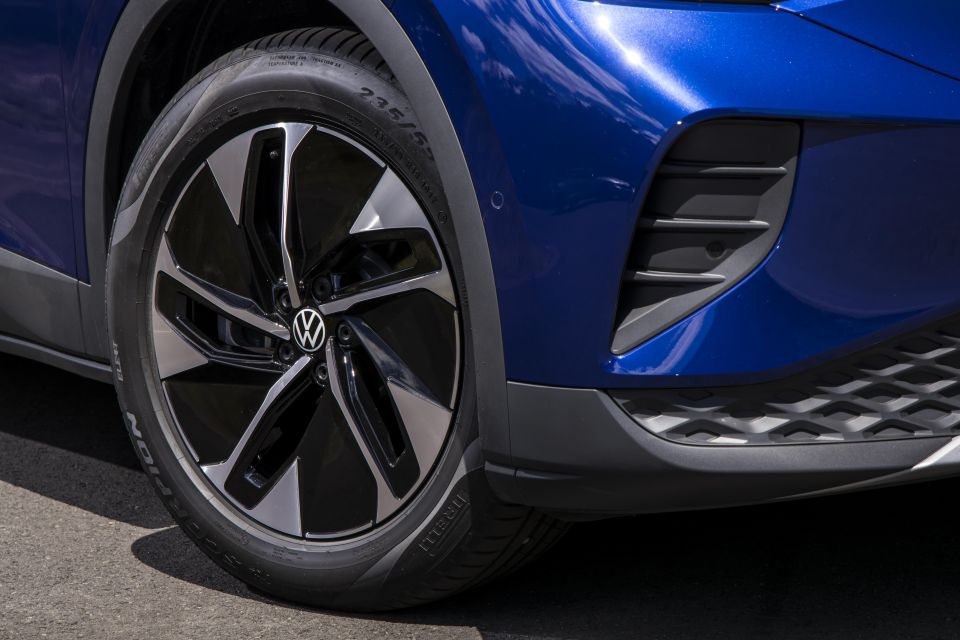

Where expert car reviews meet expert car buying – CarExpert gives you trusted advice, personalised service and real savings on your next new car.
ID.4 Pro Performance adds:
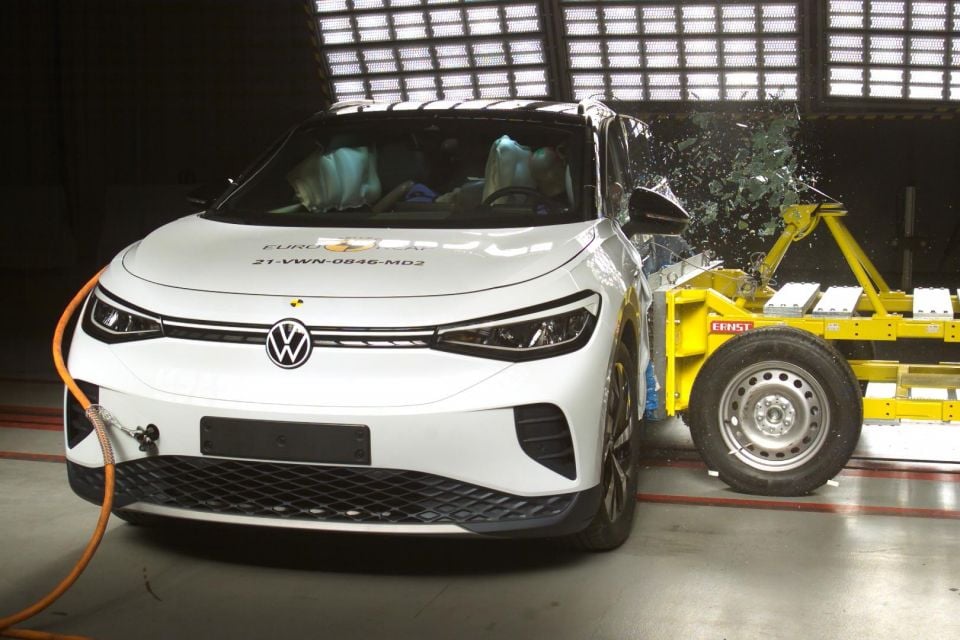
Should be – Euro NCAP awarded it five stars in 2021.
It scored 93 per cent for adults, 89 per cent for children, 76 per cent for pedestrians/cyclists, and 85 per cent for safety assist.
Safety and driver assist features
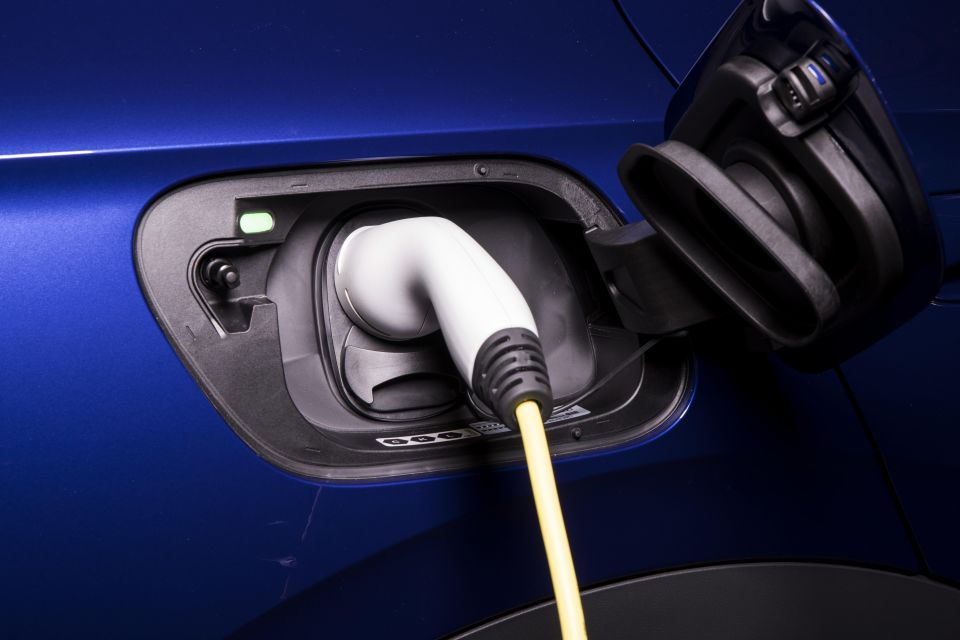
Not sure yet, but Volkswagen Australia’s warranty at present covers five years with unlimited kilometres. VW’s battery warranty overseas covers eight years, which is industry standard.
Service costs remain to be seen, but Volkswagen’s large dealer network should prove a key advantage for buyers. We’d imagine it’ll come with five-year Care Plans like its combustion cars do.
From a charging perspective, expect some sort of membership to the Chargefox DC charge network run by Australia’s motoring clubs, and home charging options supplied by local company JET Charge – VW Group having signed a deal with them in late September.

The Volkswagen ID.4 presents as a nice-looking and practical European mid-sized electric SUV, and because it so neatly fits into such in-demand market segments should do well.
In terms of performance and charging speeds, it’s acceptable without setting benchmarks. While the base model’s range is nothing special, the flagship’s is ample enough for a road trip.
Inside there are some of those fiddly interfaces we’ve come to expect from Volkswagen, and the material quality isn’t what it used to be. But, it looks good and has plenty of room.
The questions for me centre mostly around local supply, and whether Volkswagen can satisfy growing market demand.
Whether the ID.4 proves to be a segment-leader remains to be seen, but it does represent the spectre of welcome competition from a brand that everybody knows.
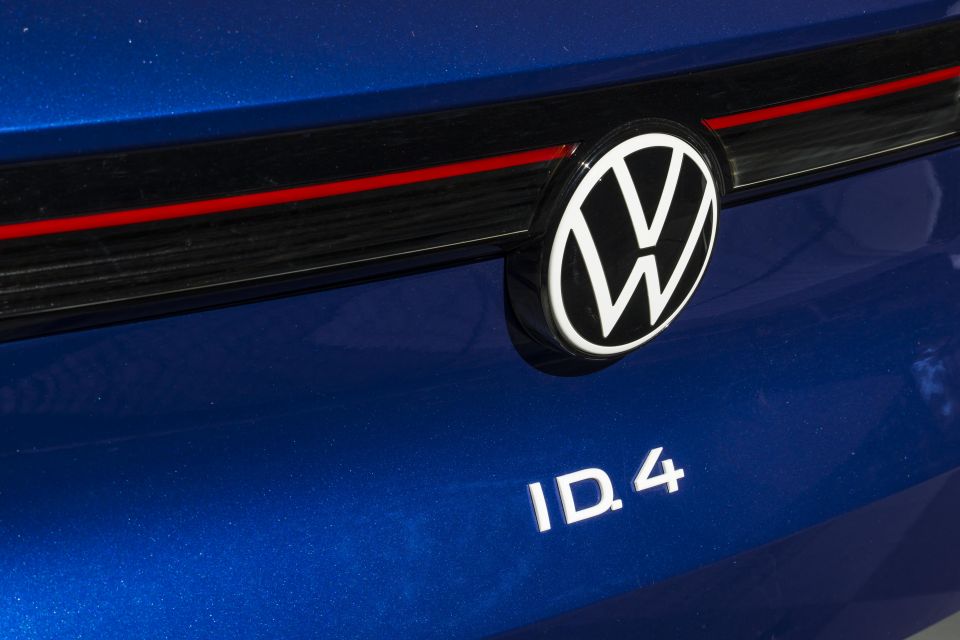
Click the images for the full gallery
Where expert car reviews meet expert car buying – CarExpert gives you trusted advice, personalised service and real savings on your next new car.


William Stopford
9 Hours Ago


Ben Zachariah
10 Hours Ago


Derek Fung
11 Hours Ago


Matt Campbell
17 Hours Ago


William Stopford
1 Day Ago


Josh Nevett
1 Day Ago